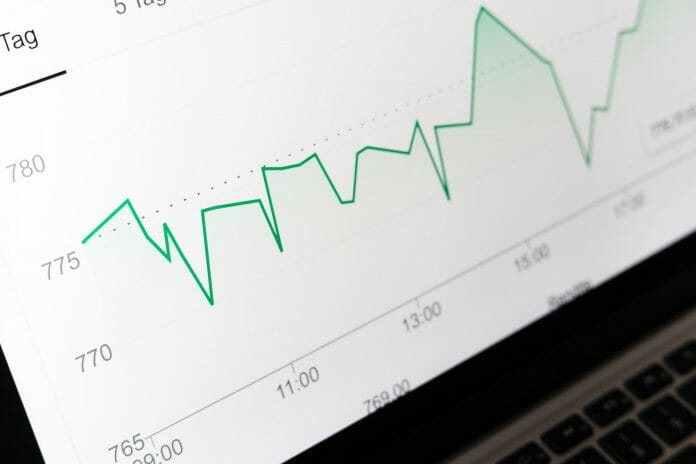By Peter Lundgreen,
During the first quarter, global stock markets ended up surviving the prospect of a worldwide rising inflation, but the pressure on investors is not immediately easing.
Here it comes, the inflation, and in particular, the inflation measurable for enterprises. It is the producer prices that are on the rise, which is the price inflation companies experience when purchasing goods and services that are part of the production.
As the general consumer price inflation unusually had prominent focus in the financial markets during the first quarter, it is my assessment that a sustained increase in producer prices will receive significant attention this coming second quarter.
Changes in producer prices are always interesting- to a certain extent. However, when the general consumer price inflation has been rising for some time, and when producer prices begin to rise in a broad sense, I pay special attention to these developments. It is in such situations that risk arises for a spiralling long-term rising inflation.
The development in producer prices has been steepening in recent months and the expectations are still pointing upwards in the financial markets. The excitement about what the real numbers will has already been triggered just after Easter, on the 8th and 9th April. The prospect is that the rise in producer prices will continue to remain at a high level. Surely, if one, as an investor, is worried about higher inflation, then there is not exactly an Easter egg awaiting from that front.
In my assessment of producer prices in relation to the financial markets in general, the essential thing about the changes is whether these are pushed through to consumers or absorbed by the enterprises in the production and sales chain.
It is far from usual that producer price increases are passed on to consumers. An all-natural explanation is the competitive situation in the consumer market, and for example, if many agreements between the manufacturer and the retailers have long maturities. This means that price increases cannot necessarily be passed on at any time. But here too, the world is changing, because it is becoming increasingly lean, and concerning logistics, the “just in time” delivery is perfected to the extreme.
With perfected logistics, it encourages developments where producers sell directly to the end consumers. It means that several links between producers and consumers are eliminated, for the sake of reduced costs. One consequence is that higher producer prices are more likely to be passed on directly to consumers in a much greater extent. It is also going to happen much faster than earlier, as the now reduced chain of sales distributors between producers and consumers used to absorb price increases, either partially or as a whole.
Surveys conducted by regional branches of The US Federal Reserve Bank (Fed) on several US companies show an almost dramatic rise in the expectations about higher commodity prices.
My assessment is that when expectations are very clear, there is a higher risk that price increases will be pushed forward to consumers, as the companies simply need to deal with their own expectations. There are reports in the press from a number of companies that price increases this time, will be passed on to consumers, specifically because other costs also are increasing, like transportation. Despite the expectations almost looking extreme, I still think that there is a great uncertainty about how large a share of the price increases will end up as inflation for the consumers.
Am I worried? No, not more than the increased attention to the prospect of rising inflation, which has already been the case during first quarter. My assessment remains that the primary reason for the rise in inflation can be explained by the global economy moving forward again. It has now been recognised by many investors that the US inflation can reach 2.5 pct and the 10-year interest rate in the US has now risen to the expected 1.75 pct.
If I must point out a direction for my concern level, then it has increased slightly, yet not more. It is, of course, worrying with the prospect that companies may pass the bill on to consumers this time, so the situation with rising inflation drags on. In the case of the United States in particular, I would not deny that the large coming economic stimulus package will also cause inflation somewhere down the timeline- this is the risk that former U.S. Treasury Secretary Lawrence Summers stated a few months ago.
I am very aware of the risks mentioned, but currently, my position is that it is still too early to be overwhelmingly concerned about this potential risk. My position remains that the possibility of inflation calming down, after the increase during the coming period, is still as big as the risk of the high-level inflation to continue.
Peter Lundgreen is the Founding CEO of Lundgreen’s Capital. He is a professional investment advisor with over 30 years of experience and a power entrepreneur in investment & finance. Peter is an international columnist and speaker on topics about the global financial markets.









